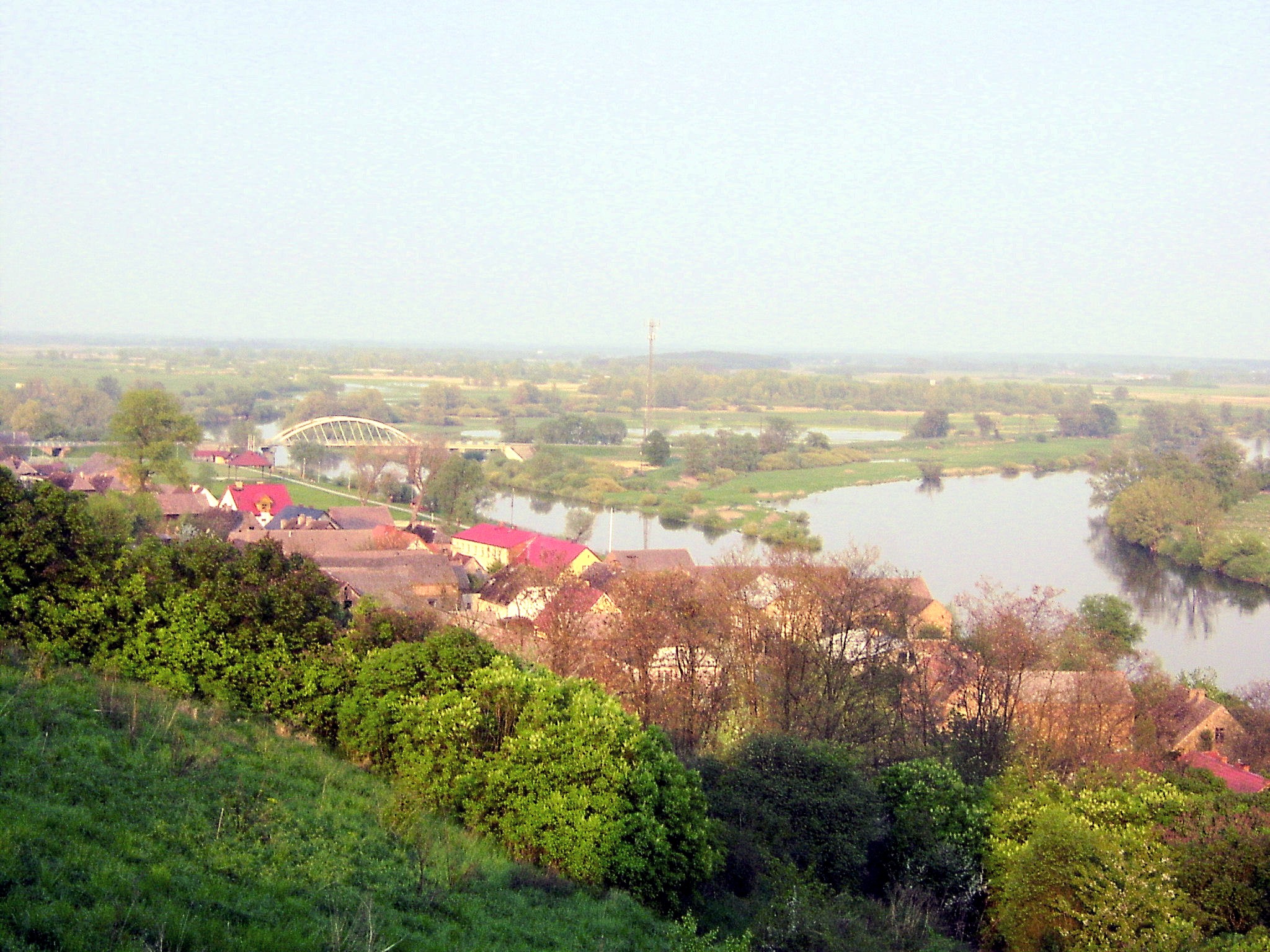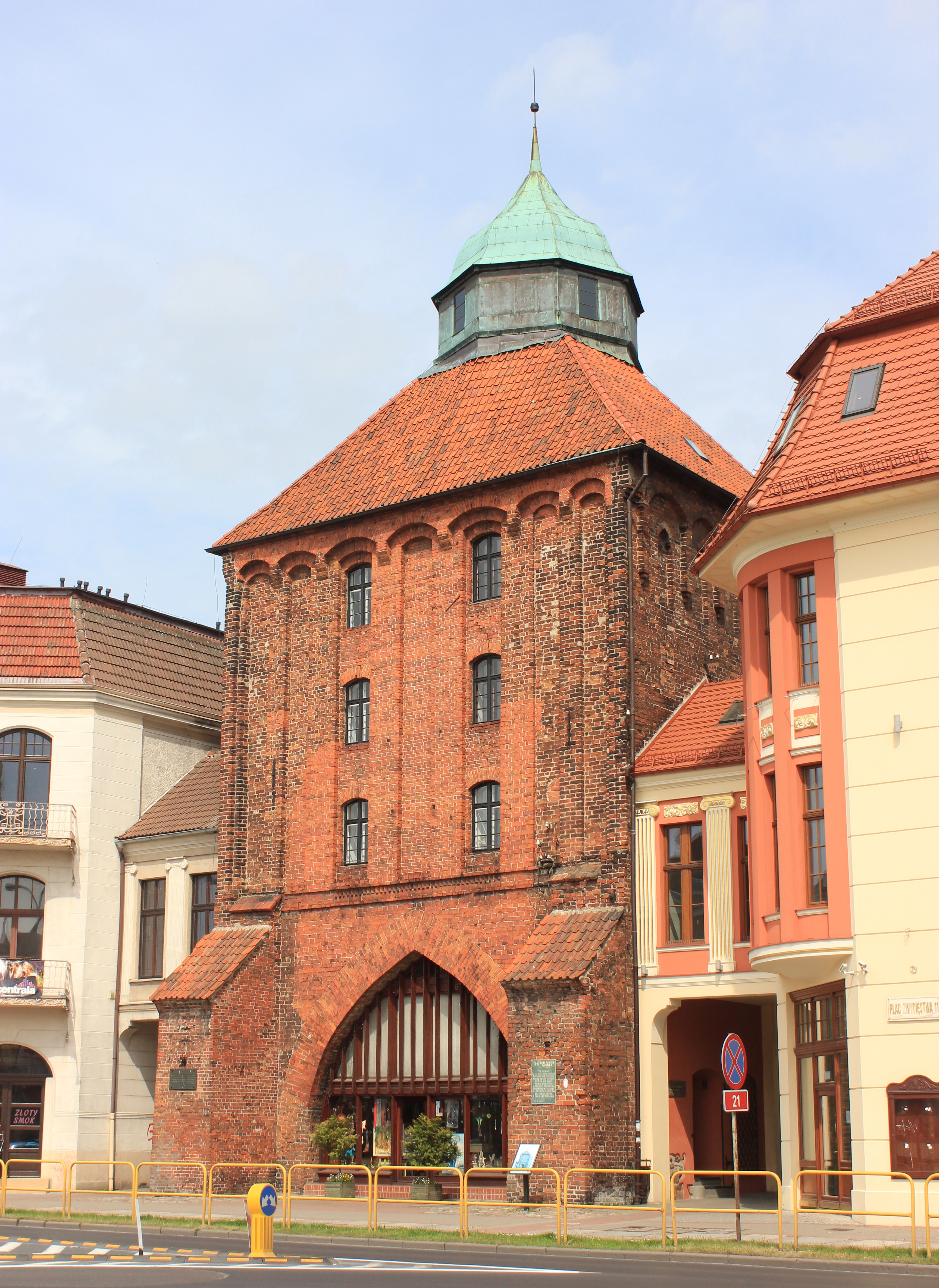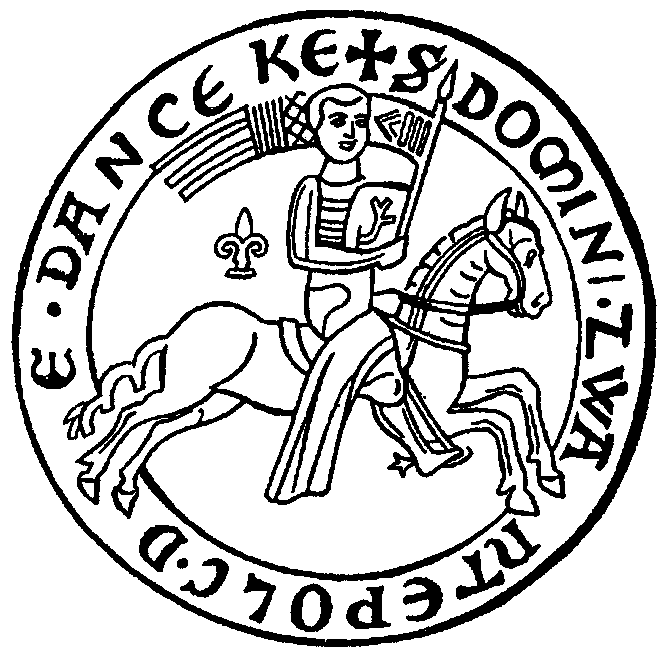|
House Of Sobiesław
The Samborides () or House of Sobiesław () were a ruling dynasty in the historic region of Pomerelia. They were first documented about 1155 as governors (''princeps'') in the Eastern Pomeranian lands serving the royal Piast dynasty of Kingdom of Poland (1025–1385), Poland, and from 1227 ruled as autonomous princes until 1294, at which time the dynasty died out. The subsequent war for succession between the Polish Piast dynasty, the Imperial Margraviate of Brandenburg and the State of the Teutonic Order resulted in the Teutonic takeover of Danzig (Gdańsk), Teutonic takeover of Gdańsk (Danzig) in 1308. Geography The dynasty's dominion, Pomerelia, roughly corresponded with the area of today's Pomeranian Voivodeship in northern Poland. The Samborides from 1227 used the Medieval Latin title ''dux Pomeraniae''; their List of Pomeranian duchies and dukes#Duchy of Pomerelia, Duchy of Pomerelia was therefore referred to as "Duchy of Pomerania", even though there was another Duchy of P ... [...More Info...] [...Related Items...] OR: [Wikipedia] [Google] [Baidu] |
Poland
Poland, officially the Republic of Poland, is a country in Central Europe. It is divided into 16 administrative provinces called voivodeships, covering an area of . Poland has a population of over 38 million and is the fifth-most populous member state of the European Union. Warsaw is the nation's capital and largest metropolis. Other major cities include Kraków, Wrocław, Łódź, Poznań, Gdańsk, and Szczecin. Poland has a temperate transitional climate and its territory traverses the Central European Plain, extending from Baltic Sea in the north to Sudeten and Carpathian Mountains in the south. The longest Polish river is the Vistula, and Poland's highest point is Mount Rysy, situated in the Tatra mountain range of the Carpathians. The country is bordered by Lithuania and Russia to the northeast, Belarus and Ukraine to the east, Slovakia and the Czech Republic to the south, and Germany to the west. It also shares maritime boundaries with Denmark and Sweden. ... [...More Info...] [...Related Items...] OR: [Wikipedia] [Google] [Baidu] |
Morini
The Morini (Gaulish: "sea folk, sailors") were a Belgic coastal tribe dwelling in the modern Pas de Calais region, around present-day Boulogne-sur-Mer, during the Iron Age and the Roman period. Name They are mentioned as ''Morini'' by Caesar (mid-1st c. BC) and Pliny (1st c. AD), ''Morinoì'' (Μορινοὶ) by Strabo (early 1st c. AD), ''Morinos'' by Pomponius Mela (mid-1st c. AD) and Tacitus (early 2nd c. AD), ''Morinō̃n'' (Μορινω̃ν) by Ptolemy (2nd c. AD), ''Mōrínous'' (Μωρίνους; acc.) by Cassius Dio (3rd c. AD), and as ''Morinorum'' (gen.) in the '' Notitia Dignitatum'' (5th c. AD). The Gaulish ethnonym ''Morini'' (sing. ''Morinos'') literally means 'those of the sea', that is to say the 'sea people' or the 'sailors'. It stems from Proto-Celtic ''*mori'' ('sea'; cf. Old Irish ''muir'', Middle Welsh ''mor'' 'sea'), itself from Proto-Indo-European ''*mori'' ('sea, standing water'; cf. Lat. ''mare'' 'sea', OHG ''mari'' 'sea, lake', Osset. ''mal'' 'sta ... [...More Info...] [...Related Items...] OR: [Wikipedia] [Google] [Baidu] |
Pomeranians (Slavic Tribe)
The Pomeranians (german: Pomoranen; csb, Pòmòrzónie; pl, Pomorzanie), first mentioned as such in the 10th century, were a West Slavic tribe, which since the 5th to the 6th centuries had settled at the shore of the Baltic Sea between the mouths of the Oder and Vistula Rivers (the latter Farther Pomerania and Pomerelia). They spoke the Pomeranian language that belonged to the Lechitic languages, a branch of the West Slavic language family. The name ''Pomerania'' has its origin in the Old Polish ''po more'', which means "Land at the Sea". Prehistory Following the exit of the Hamburgian hunters, the area was inhabited successively by Celts and the Wielbark Culture (Germanic tribes similar to the Goths and the Rugians). Groups of Slavs populated the area as a result of the Slavic migration. The Pomeranian tribes formed around the 6th century. There was also a Pomeranian culture, which was replaced by the Jastorf culture. From around the 6th century, West Slavic tribes mig ... [...More Info...] [...Related Items...] OR: [Wikipedia] [Google] [Baidu] |
Oliwa
Oliwa ( la, Oliva; csb, Òlëwa; german: Oliva) is a northern district of the city of Gdańsk, Poland. From east it borders Przymorze and Żabianka, from the north Sopot and from the south with the districts of Strzyża, VII Dwór and Brętowo, while from the west with Matarnia and Osowa. It is known for its medieval monastery, the 1627 Battle of Oliwa and the 1660 Treaty of Oliva. Administration Oliwa is a part of the northern Polish city of Gdańsk. It is bordered on the east by the Bay of Gdańsk (Zatoka Gdańska), on the north by the town of Sopot, on the south by the boroughs of Wrzeszcz and Zaspa and on the west by the chain of hills and forest surrounding Gdańsk. Except for the 'old city' Oliwa encompasses the boroughs of Polanki, Jelitkowo, Przymorze and Zabianka. Population and sites The population in 2004 was 19,824. The area is with a population density of . An interesting site is the old cathedral. Other sites to see are the kloster palace with a park and a ... [...More Info...] [...Related Items...] OR: [Wikipedia] [Google] [Baidu] |
Sambor I, Duke Of Pomerania
Sambor I, ''princeps Pomoranorum'' ( csb, Sambór I) (c. 1150 – c. 1207) was regentLoew PO: Danzig. Biographie einer Stadt, Munich 2011, p. 32: "Sambor ..styled himself 'princeps Pomoranorum,' .. but not 'dux,' which was the privilege of the Piasts." of Pomerelia from 1180 until his death. He was the elder son of Duke Sobiesław I and an early scion of the Samborides dynasty, which is named after him. According to the '' Chronica seu originale regum et principum Poloniae'' by Wincenty Kadłubek, Sambor I between 1177 and 1180 was recognized as Duke of Pomerelia and successor of his father by the Polish High Duke Casimir II the Just. He resided at Gdańsk, where he promoted the immigration of German settlers in the course of the ''Ostsiedlung'' and founded the St. Nicholas' Church about 1190. He is also mentioned in an 1186 deed as the founder of the Cistercian abbey at Oliwa, a filial monastery of Kołbacz. Sambor was married and had two sons who died at young age. The 14th ... [...More Info...] [...Related Items...] OR: [Wikipedia] [Google] [Baidu] |
Noteć
Noteć (; , ) is a river in central Poland with a length of (7th longest) and a basin area of . , p. 85-86 It is the largest tributary of the river and lies completely within Poland. Course [...More Info...] [...Related Items...] OR: [Wikipedia] [Google] [Baidu] |
Kuyavia
Kuyavia ( pl, Kujawy; german: Kujawien; la, Cuiavia), also referred to as Cuyavia, is a historical region in north-central Poland, situated on the left bank of Vistula, as well as east from Noteć River and Lake Gopło. It is divided into three traditional parts: north-western (with the capital in Bydgoszcz, ethnographically regarded often as non-Kuyavian), central (the capital in Inowrocław or Kruszwica), and south-eastern (the capital in Włocławek or Brześć Kujawski). Etymology The name Kuyavia first appeared in written sources in the 1136 Bull of Gniezno ( pl, Bulla Gnieźnieńska, Latin: ''Ex commisso nobis'') issued by Pope Innocent II, and was then mentioned in many documents from medieval times. It is also mentioned in the chronicles of Wincenty Kadłubek. Geography In the north, Kuyavia borders with the historic regions of Gdańsk Pomerania (Pomerelia) and Chełmno Land, in the west with proper (exact) Greater Poland, in the south with Łęczyca Land and in the east ... [...More Info...] [...Related Items...] OR: [Wikipedia] [Google] [Baidu] |
Greater Poland
Greater Poland, often known by its Polish name Wielkopolska (; german: Großpolen, sv, Storpolen, la, Polonia Maior), is a Polish historical regions, historical region of west-central Poland. Its chief and largest city is Poznań followed by Kalisz, the oldest city in Poland. The boundaries of Greater Poland have varied somewhat throughout history. Since the Middle Ages, Wielkopolska proper has been split into the Poznań Voivodeship (14th century to 1793), Poznań and Kalisz Voivodeship (1314–1793), Kalisz Administrative division of the Polish–Lithuanian Commonwealth, voivodeships. In the wider sense, it also encompassed Sieradz Voivodeship (1339–1793), Sieradz, Łęczyca Voivodeship, Łęczyca, Brześć Kujawski Voivodeship, Brześć Kujawski and Inowrocław Voivodeship, Inowrocław voivodeships, which were situated further eastward. After the Partitions of Poland at the end of the 18th century, Greater Poland was incorporated into Kingdom of Prussia, Prussia as the ... [...More Info...] [...Related Items...] OR: [Wikipedia] [Google] [Baidu] |
Żuławy Wiślane
Żuławy Wiślane (i.e. "the Vistula fens", plural from "żuława") is the alluvial delta area of the Vistula, in the northern part of Poland, in large part reclaimed artificially by means of dykes, pumps, channels (over 17000 km of total length) and extensive drainage system. Its shape is similar to a reversed triangle formed by branching of Vistula into two separate rivers, Leniwka and Nogat at its height, confined by rivers themselves, and closed by Mierzeja Wiślana at its base. It is a deforested, agricultural plain that covers about 1000 square km. Etymology There is no definite statement for the origin of the name "Żuławy". The term is believed to be derived from the word "solov" in old Prussian language, or from Polish noun "żuł" for mud. History Prehistory and initial settlement The first traces of settlements reach back to the period between 2500 and 1700 BC, being proved by excavation sites from Niedźwiedziówka, Lubieszewo, Ostaszewo, Kaczynos, ... [...More Info...] [...Related Items...] OR: [Wikipedia] [Google] [Baidu] |
Słupsk
Słupsk (; , ; formerly german: Stolp, ; also known by several alternative names) is a city with powiat rights located on the Słupia River in the Pomeranian Voivodeship in northern Poland, in the historical region of Pomerania or more specifically in its part known in contemporary Poland as Central Pomerania (''Pomorze Środkowe'') within the wider West Pomerania (''Pomorze Zachodnie''), while in Germany the corresponding area is known as East Pomerania (''Ostpommern'') within the wider Farther Pomerania (''Hinterpommern''). According to Statistics Poland, it has a population of 88,835 inhabitants while occupying , thus being one of the most densely populated cities in the country as of December 2021 . In addition, the city is the administrative seat of Słupsk County and the rural Gmina Słupsk, despite belonging to neither, while until 1999 it was the capital of Słupsk Voivodeship. Słupsk had its origins as a Pomeranian settlement in the early Middle Ages. In 1265 it was ... [...More Info...] [...Related Items...] OR: [Wikipedia] [Google] [Baidu] |
Swietopelk II, Duke Of Pomerania
Swietopelk II, also Zwantepolc II or Swantopolk II, (1190/1200 – 11 January 1266), sometimes known as the Great ( pl, Świętopełk II Wielki; Kashubian: ''Swiãtopôłk II Wiôldżi''), was the ruling Duke of Pomerelia-Gdańsk from 1215 until his death. He was the first member of the Samborides to style himself ''dux'' from 1227 onwards.Loew PO: Danzig. Biographie einer Stadt, Munich 2011, p. 32: "Sambor ..styled himself 'princeps Pomoranorum,' .. but not 'dux,' which was the privilege of the Piasts." p. 33: "After Sambor's death ..his brother Mestwin ..strove after gaining ever greater independence from Poland. He confidently styled himself 'princeps in Danzk' and expanded southwards. His oldest son Swantopolk (Swietopelk), ruling from 1217 onwards, exploited Poland's fragmentation to acquire independence for his realm; already since 1227 he styled himself 'dux,' 'Duke of Pomerelia.'" Names The duke is known under many spellings (''Swantepolk, Swantipolk, Svatopluk, S ... [...More Info...] [...Related Items...] OR: [Wikipedia] [Google] [Baidu] |
Stettin
Szczecin (, , german: Stettin ; sv, Stettin ; Latin language, Latin: ''Sedinum'' or ''Stetinum'') is the capital city, capital and largest city of the West Pomeranian Voivodeship in northwestern Poland. Located near the Baltic Sea and the Poland-Germany border, German border, it is a major port, seaport and Poland's seventh-largest city. As of December 2021, the population was 395,513. Szczecin is located on the river Oder, south of the Szczecin Lagoon and the Bay of Pomerania. The city is situated along the southwestern shore of Dąbie Lake, on both sides of the Oder and on several large islands between the western and eastern branches of the river. Szczecin is adjacent to the Police, West Pomeranian Voivodeship, town of Police and is the urban centre of the Szczecin agglomeration, an extended metropolitan area that includes communities in the States of Germany, German states of Brandenburg and Mecklenburg-Western Pomerania. Szczecin is the administrative and industrial cen ... [...More Info...] [...Related Items...] OR: [Wikipedia] [Google] [Baidu] |






